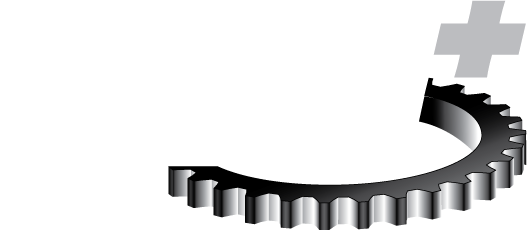
How to Read and Interpret a Gear Inspection Report
This course provides a thorough understanding of the information contained within a typical gear inspection report. Specifically, it covers the contents and meaning of the information contained within the gear charts as well as the techniques used by the gear measurement system to assess gear quality. An explanation of basic gear measurement techniques, how measurement equipment and test machines implement these techniques, and how to interpret the results from these basic measurements are covered. Learners are given the tools to interpret the results and determine what corrective actions may be considered if the quality of a particular gear is unsatisfactory.
Learning Objectives
By completing this course, you will be able to identify, recognize or articulate:
- Describe the measurement and inspection techniques used to qualify a gear
- Explain the major contributing factors to gear quality
- Describe in detail the practical gear measurement and inspection techniques
- Categorize the common tools and equipment used to measure and inspect gears
- Discuss some of the new and automated gear design systems
Who Should Attend
This course will appeal to anyone who is interested in gears, gear systems, design development or measurement and inspection techniques. More specifically, anyone responsible for the following will benefit:
- Mechanical power transmission system design, development, durability assessment and application
- Application and development of geared systems technologies
- Management of transmission designers and manufacturers
- Supply of components and sub-systems to mechanical power transmission system manufacturers
Prerequisites
None required
Topics
- Measure of gear tooth profile
- Rolling gear on base circle, produces contact traces of profile
- Relation between roll angle and profile
- Variations in tooth geometry
- Deviations from straight line on chart
- Run out versus gear wobble effect trace
- Measure at several axial positions
- Issues caused by transmission error (TE)
- Index variation
- Lead variation
- Involute variation
- Topological plots
